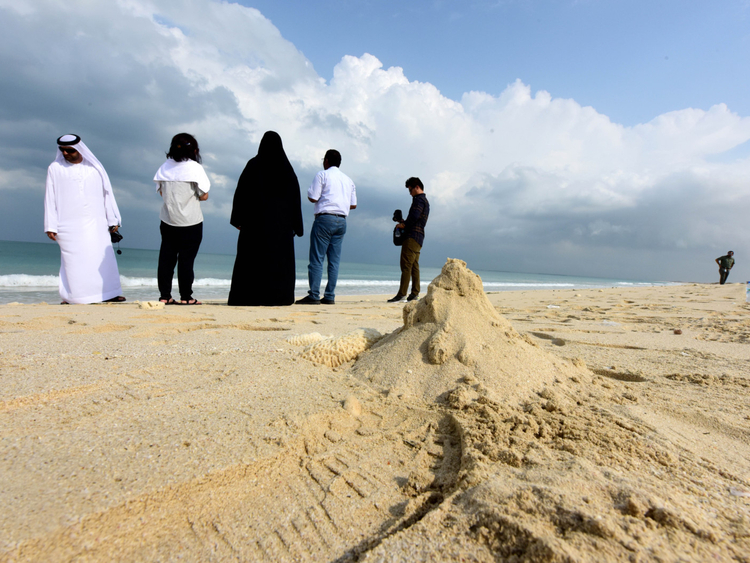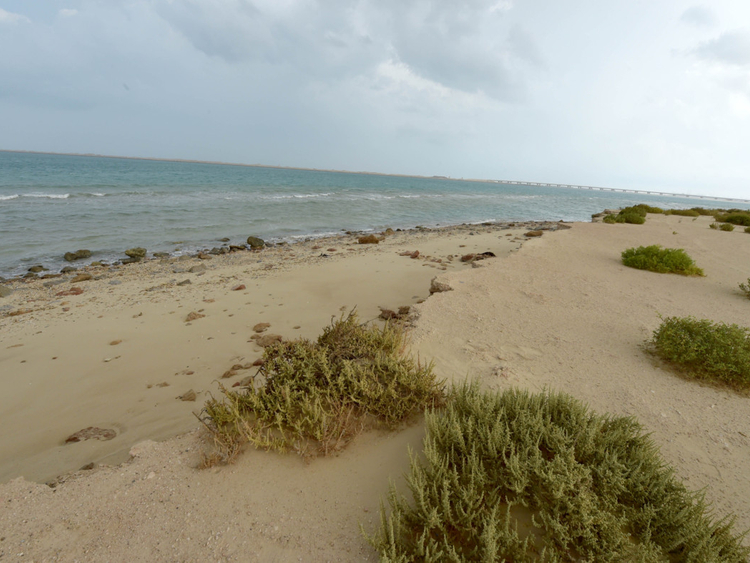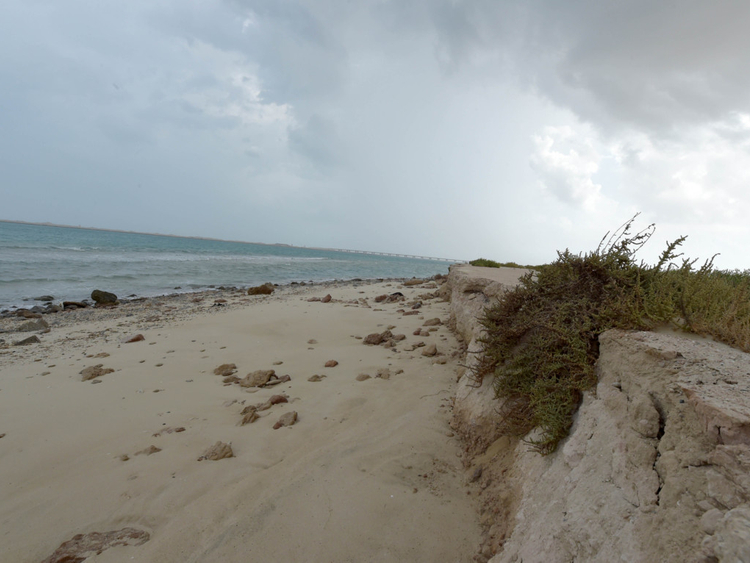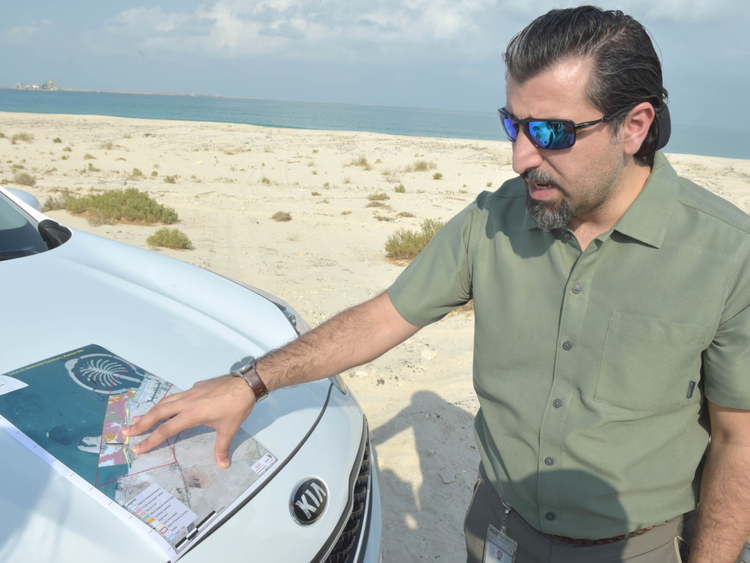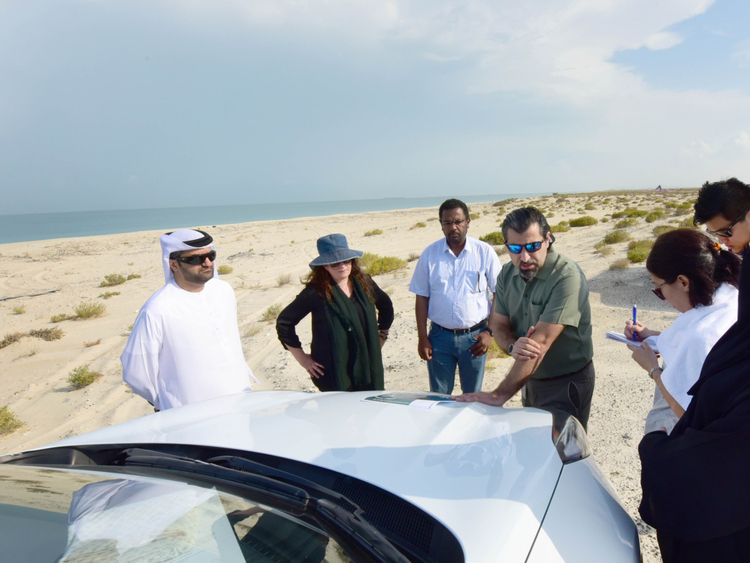
Dubai: Dubai’s last stretch of pristine beach along the Jebel Ali coastline has earned international recognition and global fame — a game-changer in preserving this coastal and marine habitat amid the city’s unstoppable growth.
The Jebel Ali Wetland Sanctuary was added to the Ramsar List of Wetlands of International Importance last month, giving it new national and international statuses because of its significant value not only to the UAE but “for humanity as a whole”.
“This stretch basically is the last pristine beach area for Dubai with no development and no disturbance,” said Maral Khalid Chreiki, principal nature conservation specialist at Dubai Municipality’s Natural Resources Environment Department (NRED).
The 20-square-kilometre wetland sanctuary covers the marine area between the Palm Jebel Ali and the Dubai-Abu Dhabi border.
It is home to 539 marine species such as the critically endangered hawksbill turtle, the endangered mottled eagle ray, and the green turtle.
Hawksbill turtle nesting
“This coastal area is the most important habitat here. This is the area where hawksbill turtles come every year between March and May for nesting,” Chreiki said.
Nesting usually peaks in April and the eggs stay in the sand for around two months. Nests too close to shore are moved to the sanctuary’s special nursery so they can hatch later.
_resources1_16a0851e548_original-ratio.jpg)
By August, thousands of turtle hatchlings race to the open sea to join other creatures.
“Since 2006, we have witnessed an increase in nestings in the area, especially after 2008 when the development stopped in the area. We started to witness more nesting attempts — from only two nests in 2006 to 34 in 2017 to 49 nests... this year.”
“These hawksbill turtles are associated with a healthy coral community as well because as you know the hawksbill turtles have a specialised beak that enables them to reach algae within the cracks and crevices of the corals. This is why they come every year.”
Hotspot for coral
The wetland is also a hotspot for coral, Chreiki said, featuring up to 34 species.
“These corals are here because the seabed here is special. It’s not only sand. Coral can’t colonise sand. There are dolomite rocks on which corals can fix on to start the colonisation,” Chreiki said.
539
species of flora and fauna found in the Jebel Ali Wetland SanctuaryOyster beds, although patchy, are also found in the area. Pearl fishing traditionally was a major industry in Dubai.
Chreiki said apart from the wetland’s ecological importance, it also has historical importance due to the freshwater springs the area used to have.
“This is where they used to get freshwater from inside the sea in the past. But now all these freshwater springs are dead, probably because of the lack of enough rain for the past 20 years.”
Apart from the naturally existing habitats in the area, a man-made one also exists thanks to the mangrove trees that act as fish nurseries that volunteers have planted through the years.
Stock assessment
Some of the animals found in the area will soon be tagged in a project the team is working on together with environment agencies to determine the official stock assessment in the area.
This coastal area is the most important habitat here. This is the area where hawksbill turtles come every year between March and May for nesting.”
Further research will be conducted to make the place more eco-tourism friendly, said Aisha Al Murr Al Muhery, NRED manager. They also plan to educate the public on the wetland’s importance so they can take ownership of the place and care for it as well.
“We want that when tourists or residents come here and touch anything, they will get a sense of how meaningful the place is and why it needs to be protected. By doing that, we will have more people to help us protect it. So instead of having just two hands, we have thousands.”
By the numbers
The sanctuary is home to:
539 species of flora and fauna
34 species of corals, 40 per cent of which are threatened
124 birds, 34 corals and 147 fish and shark species
Mammals: Dugong, the Indo-Pacific humpback dolphin
Fish: Orange-spotted grouper, Mottled eagle ray, Shark species that include the Arabian carpet shark, the Whale shark and Black-tipped reef shark
Reptiles: Hawksbill turtle and Green turtle


